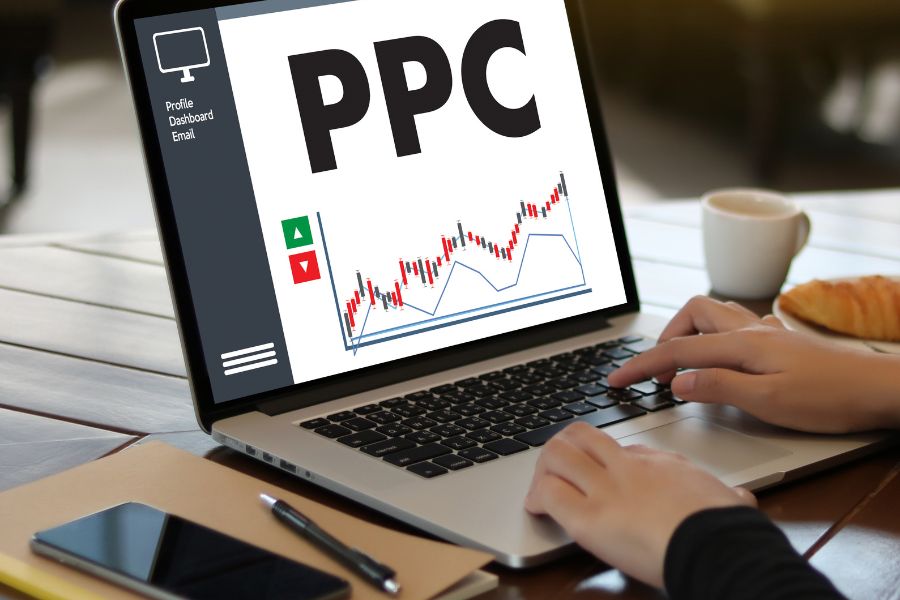In the world of marketing, understanding consumer psychology is key to creating successful campaigns. One powerful psychological principle that the biggest brands use is the “Rule of 3.” This principle leverages our brain’s natural tendency to remember things in groups of three, making it an essential tool for marketers. Let’s explore how the Rule of 3 is used in marketing and why it’s so effective.
The Psychology Behind the Rule of 3
The Rule of 3 is rooted in cognitive psychology, which suggests that our brains are wired to process and remember information more effectively when it’s presented in groups of three. From a young age, we’re conditioned to understand the world in threes.
Think about classic children’s stories like “The Three Little Pigs” or “Goldilocks and the Three Bears.” These tales are easy to remember because they follow the rule.
This principle also extends to learning, as seen in the way the ABCs are taught in sets of three letters at a time. This grouping makes complex information more digestible and easier to retain. Brands recognize this psychological pattern and apply it to their marketing strategies to make their messages stick.
How Brands Use the Rule of 3
1. Product Placement and Advertising
In advertising, the Rule of 3 is often seen in the presentation of products. You might notice that many advertisements display three products side by side. This setup isn’t just aesthetically pleasing; it’s strategically designed to make the products more memorable. Our brains can quickly scan and recall three items, which increases the likelihood that consumers will remember the products.
2. Brand Names
Another way the rule is used is in the naming of brands. Many well-known brands have names that consist of three syllables. Think of Toyota, Mercedes, or Adidas. These names are not only catchy but also easy to remember because they adhere to the Rule of 3. This is a subtle yet powerful application of psychology in marketing.
3. Taglines and Slogans
Taglines are critical for brand identity, and many successful taglines consist of just three words. For example, Nike’s famous “Just Do It” or McDonald’s “I’m lovin it” both utilize the Rule of 3. These taglines are short, impactful, and stick in the minds of consumers, demonstrating how effective this principle can be in conveying a brand’s message.
The Impact of Psychology in Marketing
This is just one example of how psychology in marketing can influence consumer behavior. By understanding and applying psychological principles, brands can create more engaging and memorable marketing campaigns. Whether it’s through product placement, brand names, or taglines, it helps ensure that marketing messages resonate with audiences.
In conclusion about The Rule of 3
In conclusion, the Rule of 3 is a simple yet powerful tool that leverages the natural way our brains process information. By incorporating this principle into their strategies, the biggest brands create memorable and effective marketing that sticks with consumers.
If you’re building a brand, consider how you can apply the Rule of 3 to make your message more impactful and memorable.
Remember, psychology in marketing isn’t just about influencing decisions—it’s about connecting with your audience in a way that feels natural and intuitive. The Rule of 3 is a perfect example of how understanding human psychology can lead to smarter, more effective marketing.
Contact us today to find a way to grow your brand by email: info@onum.group.




